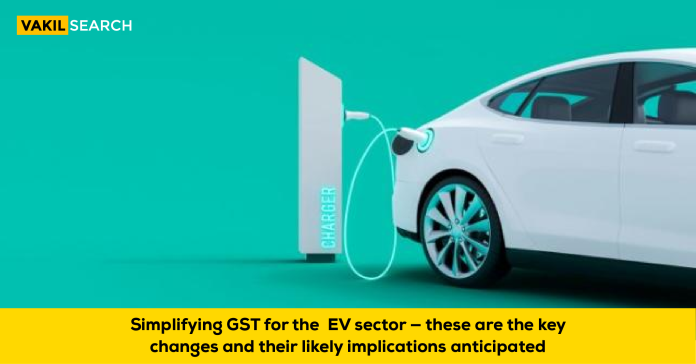Consumer interest in electric vehicles (EVs) has soared alongside rising fuel costs in India. Subsidies and improved infrastructure have fueled this boom. India’s net-zero emissions pledge at the COP26 summit highlights the need for further policy initiatives to support the capital-intensive EV ecosystem.
FAME India Extension and Budget Boost
The extension of the Faster Adoption & Manufacturing of Electric Vehicles (FAME India) scheme to July 2024 and increased budget outlay through the PLI scheme are set to boost domestic production of EVs and components. This has created a positive environment for the industry’s growth.
Expectations from the GST Council
The EV sector looks to the GST Council to sustain the momentum of new policies. Key expectations include rate rationalization, support for hybrid and alternative fuel vehicles, and addressing the inverted duty structure. These measures are crucial to alleviate financial burdens and promote localization and domestic value addition.
Inverted Duty Challenges
Lithium-ion batteries, a major cost component for EVs, attract 18% GST, leading to inverted duty issues and blocked working capital. The 52nd GST Council did not fully address these challenges. However, reconsideration in light of new EV manufacturing policies and potential tax relief is anticipated.
The capital-intensive nature of the EV sector means manufacturers face no refund of input tax credit (ITC) on capital goods and input services, leading to a cascading effect that nullifies the benefit of the reduced 5% GST rate on EVs. Policy support is needed to complement the new EV manufacturing policy announced by the government.
Concessional Rates for FFVs and Hybrids
Currently, the concessional GST rate for EVs does not extend to Flex Fuel Vehicles (FFVs) and Hybrid Vehicles. To meet global zero-emission commitments, fiscal benefits should also support these environmentally friendly alternatives. Extending incentives and tax reliefs to FFVs and hybrids could expand the market for flex fuel-powered vehicles.
The Heavy Industries Ministry and stakeholders have discussed reducing the GST rate on FFVs. The Indian Sugar Mills Association (ISMA) has advocated for a GST rate reduction on ethanol for blending, from 18% to 5%, promoting ethanol use under the Ethanol Blended Petrol Programme. Similar concessions could address the inverted duty structure.
Clarifications Needed on Electrically Operated Vehicles
In 2022, the CBIC clarified that electrically operated vehicles without batteries fall under the 5% GST bracket. Further clarification from the GST Council on the definition of ‘electrically operated vehicles’ in the context of hybrid technologies is expected. The industry also seeks clarity on battery swapping, pay-and-use charging infrastructure, and last-mile connectivity solutions.
These changes and clarifications from the GST Council could significantly impact the EV sector, promoting sustainable growth and helping India achieve its environmental goals.



